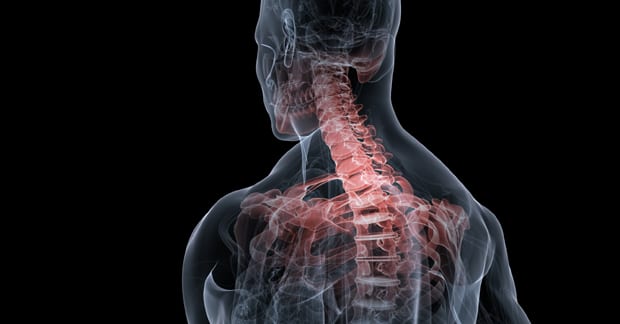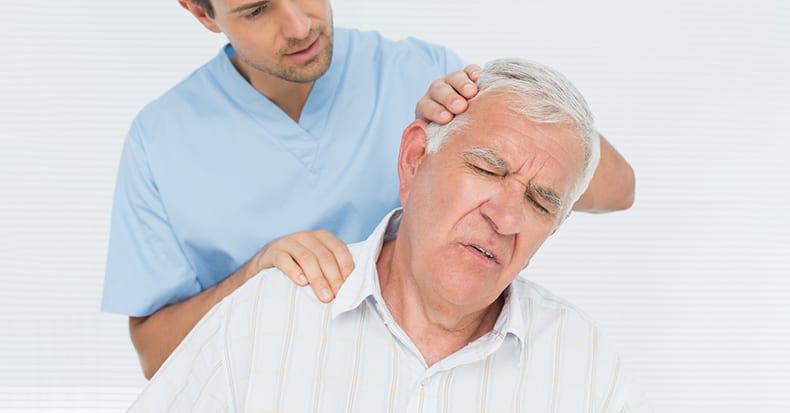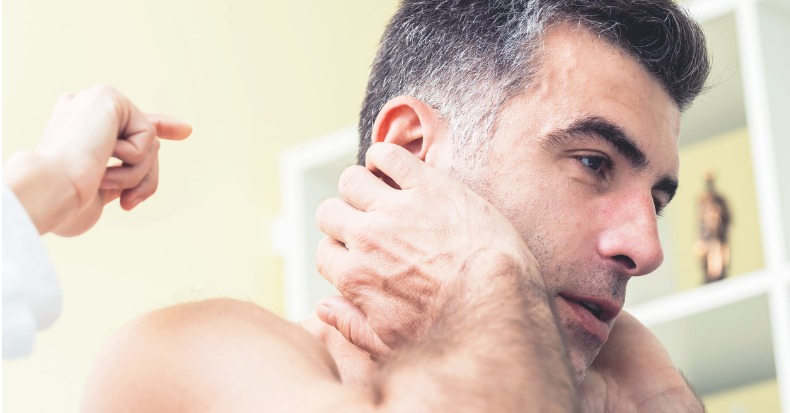The utilization of chiropractic spinal adjusting for the management of low back pain is increasingly less and less controversial. As an example, in December of 2011, the journal Alternative Therapies Health Medicine, published a study titled (1): Cerebral metabolic changes in men after chiropractic spinal manipulation for neck pain This study has 9 authors who […]
Neck Pain and Chiropractic
Neck pain represents a major problem for people throughout the world with considerable negative impact on individuals, families, communities, healthcare systems, and businesses. In fact, it’s estimated that up to 70% of the general population will have neck pain at some point in life. Recovery within the year from neck pain ranges between 33% and […]
Carpal Tunnel Treatment Options
The goal of any treatment approach for Carpal Tunnel Syndrome (CTS) is to return the patient to normal. That means addressing all OTHER health-related conditions that can cause CTS such as diabetes, hypothyroidism, birth control pill use, pregnancy, rheumatoid arthritis (and many of the other related arthritic-like disorders), as well as double or multiple crush […]
Fibromyalgia Diagnosis: A Breakthrough!
Confirming the diagnosis of fibromyalgia (FM) is challenging, as there are no blood tests to verify accuracy of the diagnosis like so many other disorders. However, blood tests are needed when FM is suspected to “rule in/out” something else that may be mimicking FM symptoms. Also, FM is often associated with other disorders that are […]
Whiplash “Basics”
Whiplash is a non-medical term typically describing what happens to the head and neck when a person is struck from behind in a motor vehicle collision. Let’s look at some basic facts about whiplash: Before cars, trains were the main source of whiplash and was called “railroad spine.” Better terms for whiplash injuries include “cervical […]
Fructose
The Misunderstanding of an Important Player in Obesity, Arthritis, and Pain Syndromes Scientific publications have noted for nearly seven decades that obesity increases the risk of osteoarthritis. A recent search (08/08/2013) of the US National Library of Medicine using the PubMed search engine (www.pubmed.gov) with the words “obesity AND osteoarthritis” revealed 1,310 studies. These studies […]
Cancer and Nutrition – Part 1
This article is part 1 of a 3 part series. For Part 2, click here. For Part 3, click here. With the side effects related to cancer treatments, why not try to enhance our body’s ability to “fight”? The use of nutrition-based treatment is NOT to be misunderstood as a standalone treatment, but rather, as […]
Neck Pain – Where Is It Coming From?
Neck pain can arise from a number of different tissues in the neck. Quite often, pain is generated from the small joints in the back of the vertebra (called facets). Pain can also arise from disk-related conditions where the liquid-like center part of the disk works its way out through cracks and tears in the […]
Fibromyalgia and Sleep Interference
Fibromyalgia (FM) affects the entire body, which makes the diagnosis challenging! A VERY common issue with patients struggling with FM includes problems related to sleep. This goes beyond the number of hours one “tries to sleep” but rather the quality of sleep and feeling “restored” in the morning. That is, quality is more important than […]
Whiplash Diagnosis
Whiplash is, by definition, the rapid acceleration followed by deceleration of the head causing the neck to “crack like a whip” forwards and backwards at a rate so fast that the muscles cannot react quickly enough to control the motion. As reported last month, if a collision occurs in an automobile and the head rests […]
- « Previous Page
- 1
- …
- 106
- 107
- 108
- 109
- 110
- …
- 156
- Next Page »










